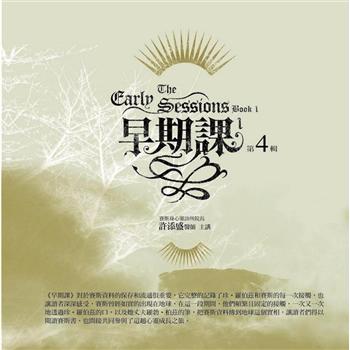The study of morphology is central to linguistics, and morphotactics - the general principles by which the parts of a word form are arranged - is essential to the study of morphology. Drawing on evidence from a range of languages, this is a comprehensive and up-to-date account of the principles of morphotactic analysis. Stump proposes that the arrangement of word forms’ grammatically significant parts is an expression of the ways in which a language’s morphological rules combine with one another to form more specific rules. This rule-combining approach to morphotactics has important implications for the synchronic analysis of both inflectional and derivational morphology, and it provides a solid conceptual platform for understanding both the processing of morphologically complex words and the paths of morphological change. Laying the groundwork for future research on morphotactic analysis, this is essential reading for researchers and graduate students in linguistics, and anyone interested in understanding language structure.
| FindBook |
有 1 項符合
Morphotactics: Volume 169: A Rule-Combining Approach的圖書 |
 |
Morphotactics: Volume 169: A Rule-Combining Approach 作者:Stump 出版社:Cambridge University Press 出版日期:2022-12-08 語言:英文 規格:精裝 / 普通級/ 初版 |
| 圖書館借閱 |
| 國家圖書館 | 全國圖書書目資訊網 | 國立公共資訊圖書館 | 電子書服務平台 | MetaCat 跨館整合查詢 |
| 臺北市立圖書館 | 新北市立圖書館 | 基隆市公共圖書館 | 桃園市立圖書館 | 新竹縣公共圖書館 |
| 苗栗縣立圖書館 | 臺中市立圖書館 | 彰化縣公共圖書館 | 南投縣文化局 | 雲林縣公共圖書館 |
| 嘉義縣圖書館 | 臺南市立圖書館 | 高雄市立圖書館 | 屏東縣公共圖書館 | 宜蘭縣公共圖書館 |
| 花蓮縣文化局 | 臺東縣文化處 |
|
|
圖書介紹 - 資料來源:博客來 評分:
圖書名稱:Morphotactics: Volume 169: A Rule-Combining Approach
|









